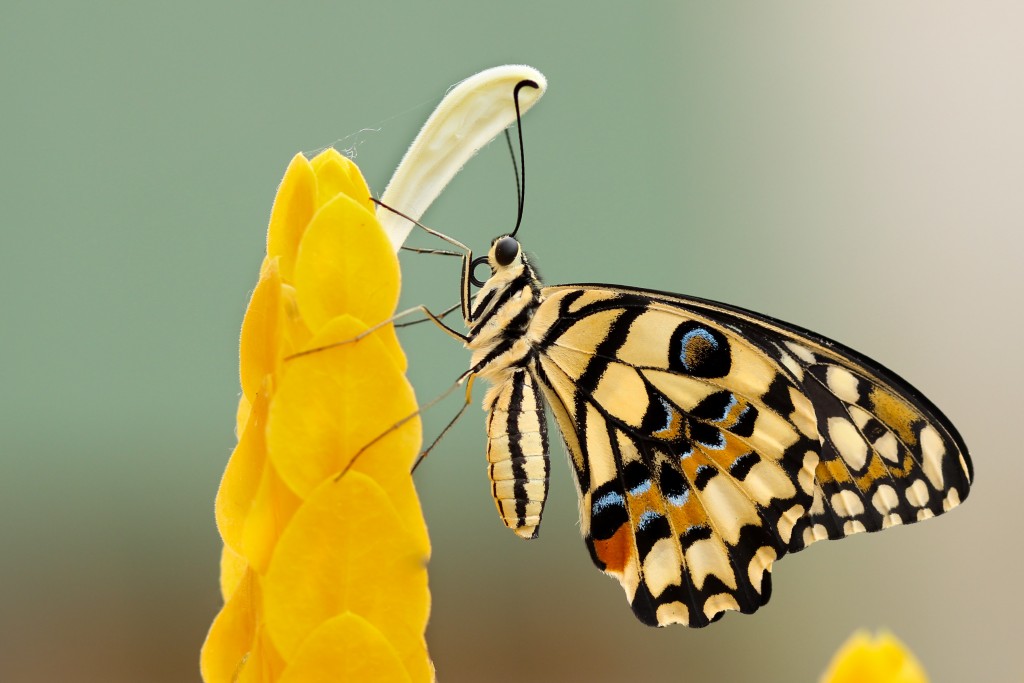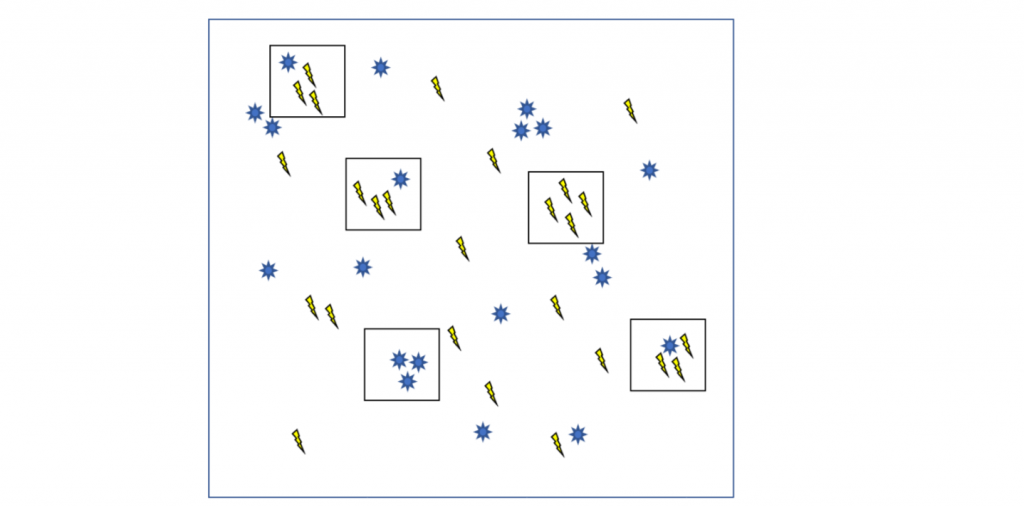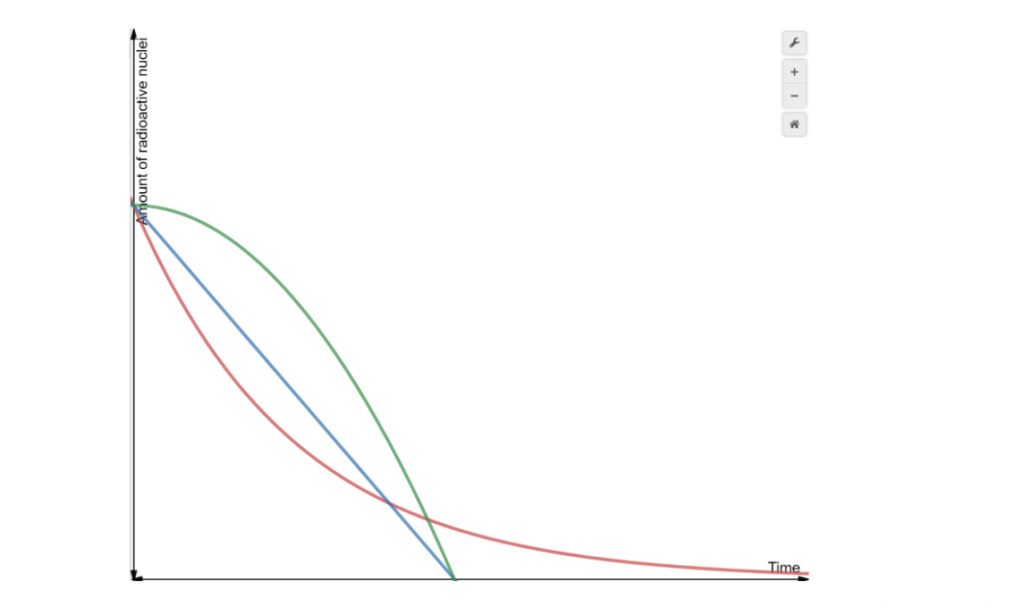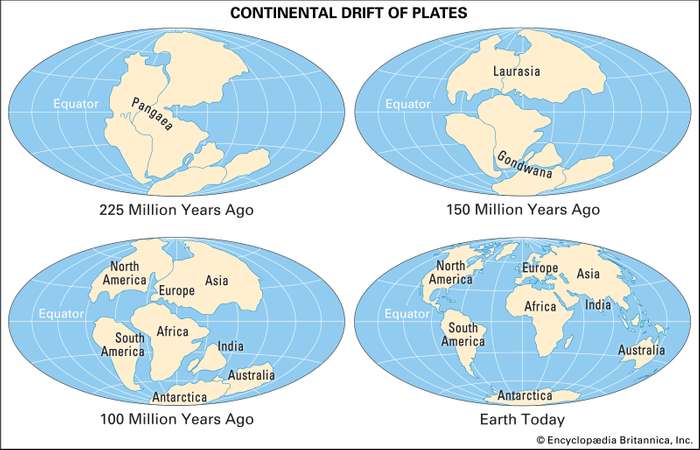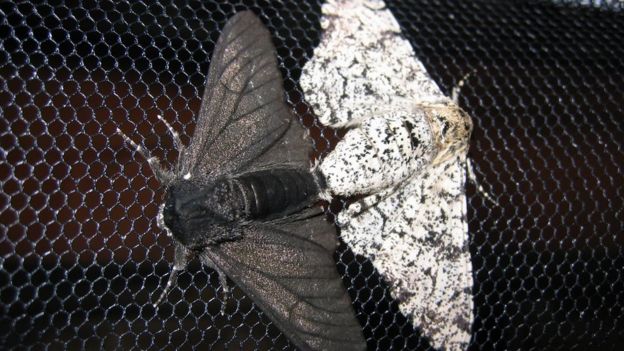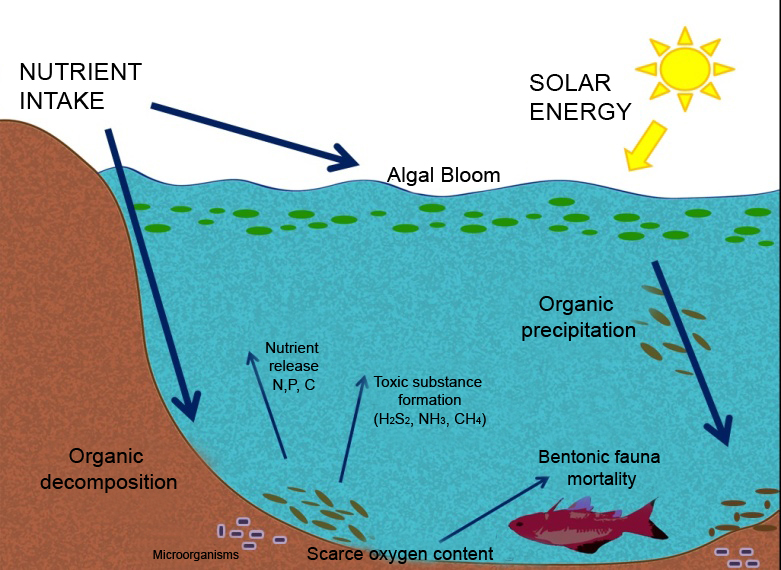Module 4: Ecosystem Dynamics is the final module in the Year 11 Biology course and effectively wraps up most, if not all the concepts we’ve explored in the previous 3 modules!
Module 4 allows us to apply basic knowledge of biology with studies of evolutionary biology and biodiversity to analyse how ecosystems have changed and will change over the course of history.
If you need a recap of Module 4: Ecosystem Dynamics, check out this guide here for a comprehensive summary! Plus, revise your fundamentals with a complete breakdown of Module 1: Cells as the Basis of Life so that you fill any learning gaps you might have.
Now let’s jump into some exam style practice questions to test our knowledge of Ecosystem Dynamics!
Population Dynamics
Question 1
Which of the following best describes the difference between abiotic and biotic factors in an ecosystem? (1 mark)
a) Biotic factors result from living organisms and abiotic factors result from physical, non-living phenomenon
b) Biotic factors result from physical, non-living phenomenon and abiotic factors result from living organisms
c) There is no difference between abiotic and biotic factors
d) Biotic factors result from living organisms and abiotic factors result specifically from temperature variations
(investigate and determine relationships between biotic and abiotic factors in an ecosystem, including: the impact of abiotic factors)
Question 2
A lichen is not a single organism. It is a symbiotic relationship between a fungus and algae. The fungus receives carbon as a food source from the algae and the algae is provided with optimal living conditions by the fungus. Which symbiotic relationship best describes the association between the fungus and algae? (1 mark)
a) Parasitism
b) Commensalism
c) Mutualism
d) Predator-prey
(the impact of biotic factors, including predation, competition and symbiotic relationships)
Question 3
Identify and describe two possible impacts of competition on the abundance of species. (2 marks)
(predicting consequences for populations in ecosystems due to predation, competition, symbiosis and disease)
Question 4
Describe the advantages and disadvantages associated with the use of a transect study to measure the abundance of organisms in an area in the table below. (3 marks)
(measuring populations of organisms using sampling techniques)
Question 5
The diagram below shows an area of a valley floor inhabited by 2 species of flowering plants. The first species is represented by stars. The second species is represented by lightning bolts. Quadrats are placed in equal 1m^2 squares.
Use the given quadrats to calculate the average population density of the second species (lightning bolts). Show your working. (2 marks)
(measuring populations of organisms using sampling techniques)
Question 6
Describe a recent extinction event. (3 marks)
(explain a recent extinction event)
Question 7
Identify a named example of a mutualistic relationship and outline why it would fall under this category of symbiotic relationships. (2 marks)
(investigate and determine relationships between biotic and abiotic factors in an ecosystem, including: the impact of biotic factors, including predation, competition and symbiotic relationships)
Past Ecosystems
Question 8
Which of the following can be regarded as paleontological evidence for past changes in ecosystems? (1 mark)
a) Fossil records
b) Ice core drilling
c) Rock formations
d) Current plant and animal life forms
(analyse palaeontological and geological evidence that can be used to provide evidence for past changes in ecosystems)
Question 9
Radiometric dating is based on the radioactive decay of a radio-isotope which describes its half life. Which of the following trends best describes radioactive decay? (1 mark)
a) Red
b) Green
c) Blue
d) None of the above
(investigate and analyse past and present technologies that have been used to determine evidence for past changes, for example: radiometric dating, gas analysis)
Question 10
Which of the following statements is false? (1 mark)
a) Scientists can use ice-core drilling in any location to accurately obtain proxy data
b) Scientists use ice cores to determine the past geographic movement of continents
c) Scientists use ice cores to analyse trapped particles representing ancient deposition events
d) The oldest layers in ice-core drilling are represented by layers of ice closest to the surface
(analyse palaeontological and geological evidence that can be used to provide evidence for past changes in ecosystems, including but not limited to: Aboriginal rock paintings, rock structure and formation, ice core drilling)
Question 11
Explain some of the factors which can affect the accuracy of radiometrically dating rock formations or fossil samples. (2 marks)
(investigate and analyse past and present technologies that have been used to determine evidence for past changes, for example: radiometric dating)
Question 12
Displayed in the image below, is a diagram outlining the drift of continental plates from the formation of Pangaea to their current distribution.
a) Outline how Australia’s climate is different to that of 150 million years ago? (1 mark)
b) Explain how Australia’s continental movement indirectly influenced Australia’s environmental transition in terms of vegetation (2 marks)
(analyse evidence that present-day organisms have evolved from organisms in the past by examining and interpreting a range of secondary sources to evaluate processes, claims and conclusions relating to the evolution of organisms in Australia, for example: small mammals, sclerophyll plants)
Question 13
The Great Oxidation Event occurred approximately 2.4 billion years ago and resulted in a dramatic change in the composition of Earth’s atmosphere.
a) Identify the primary abiotic change during this event (1 mark)
b) Identify the primary biotic change that occurred as a result of this event (1 mark)
c) Describe how Aboriginal Rock Paintings OR rock structures and formations OR ice-core drilling can provide evidence for the Great Oxidation Event (2 marks)
(investigate the reasons for changes in past ecosystems, by: interpreting a range of secondary sources to develop an understanding of the changes in biotic and abiotic factors over short and long periods of time)
Future Ecosystems
Question 14
Which of the following is NOT an environmental impact of mining? (1 mark)
a) Erosion
b) Soil and water contamination
c) Habitat destruction
d) Pesticide runoff
(investigate practices used to restore damaged ecosystems, Country or Place, for example: mining sites)
Question 15
Which of the following does NOT describe the predicted result of replacing flood irrigation systems with drip irrigation systems? (1 mark)
a) Improve efficiency of water use
b) Reduce run-off
c) Eliminates the need to use fertilizer
d) Allows irrigation of specific crops or areas
(investigate practices used to restore damaged ecosystems, Country or Place, for example: mining sites, land degradation from agricultural practices)
Question 16
The extinction of a species can be caused by which of the following? (1 mark)
a) Only biotic factors
b) Only abiotic factors
c) Only human intervention
d) Human intervention, biotic and abiotic factors
(investigate changes in past ecosystems that may inform our approach to the management of future ecosystems, including: the role of human-induced selection pressures on the extinction of species)
Question 17
The evolution of peppered moths represents an impact of human activity on ecosystems. Prior to the 1800s, the majority of English peppered moths were mottled black and white, which camouflaged effectively with native trees. Some individuals within the population had black colouration, causing them to stand out against the light coloured trees and were hence easier to spot by predators.
During the industrial revolution, the lighter trees in the surrounding woods were stained black with soot.
Image sourced from the BBC
a) Identify the resultant change in predominant colouring of the peppered moths. (1 mark)
b) Explain how human activity can unintentionally introduce selection pressures which affect the population dynamics of a species. (3 marks)
(investigate changes in past ecosystems that may inform our approach to the management of future ecosystems, including: the role of human-induced selection pressures on the extinction of species)
Question 18
Image sourced from Arpa Umbria, 2009
a) Identify the process this diagram describes. (1 mark)
b) Describe how human activity can result in this occurring. (1 mark)
c) Explain how the process can lead to detrimental effects on aquatic ecosystems. (3 marks)
(investigate practices used to restore damaged ecosystems, Country or Place, for example: mining sites land degradation from agricultural practices)
Question 19
a) Identify 3 strategies that can be implemented to restore ecosystems damaged by mining. (3 marks)
b) Explain how each of these strategies can be used to restore ecosystems damaged by mining. (3 marks)
(investigate practices used to restore damaged ecosystems, Country or Place, for example: mining sites land degradation from agricultural practices)
Question 20
a) Describe the greenhouse effect and its process of maintaining global temperatures. (2 marks)
b) Explain how the enhanced greenhouse effect is different and outline its effects on the global climate. (3 marks)
(investigate changes in past ecosystems that may inform our approach to the management of future ecosystems, including: the role of changing climate on ecosystems)
And that wraps up our 20 practice questions for Year 11 Biology Module 4: Ecosystem Dynamics – good luck!
Want to achieve a Band 6 in HSC Biology? Check out our tips and strategies in our guide here!
Looking for some extra help with Ecosystem Dynamics?
We have an incredible team of Year 11 Biology tutors and mentors who are new syllabus experts!
We can help you master Biology Module 4: Ecosystem Dynamics and ace your upcoming Biology assessments with personalised lessons conducted one-on-one in your home or at our state of the art campus in Hornsby!
We’ve supported over 5,000 students over the last 10 years, and on average our students score mark improvements of over 19%!
To find out more and get started with an inspirational Year 11 Biology tutor and mentor, get in touch today or give us a ring on 1300 267 888!
Alex Gao is an Art of Smart mentor and blogger who is passionate about teaching students the skills and know-how of high school. Alex has a great interest in the field of Biology, avidly blogging about the topic whilst also aspiring to become a Biomedical Engineer. Alex graduated in 2018 and was listed on the Distinguished Achievers list for Advanced English, Extension 1 English and Biology.

